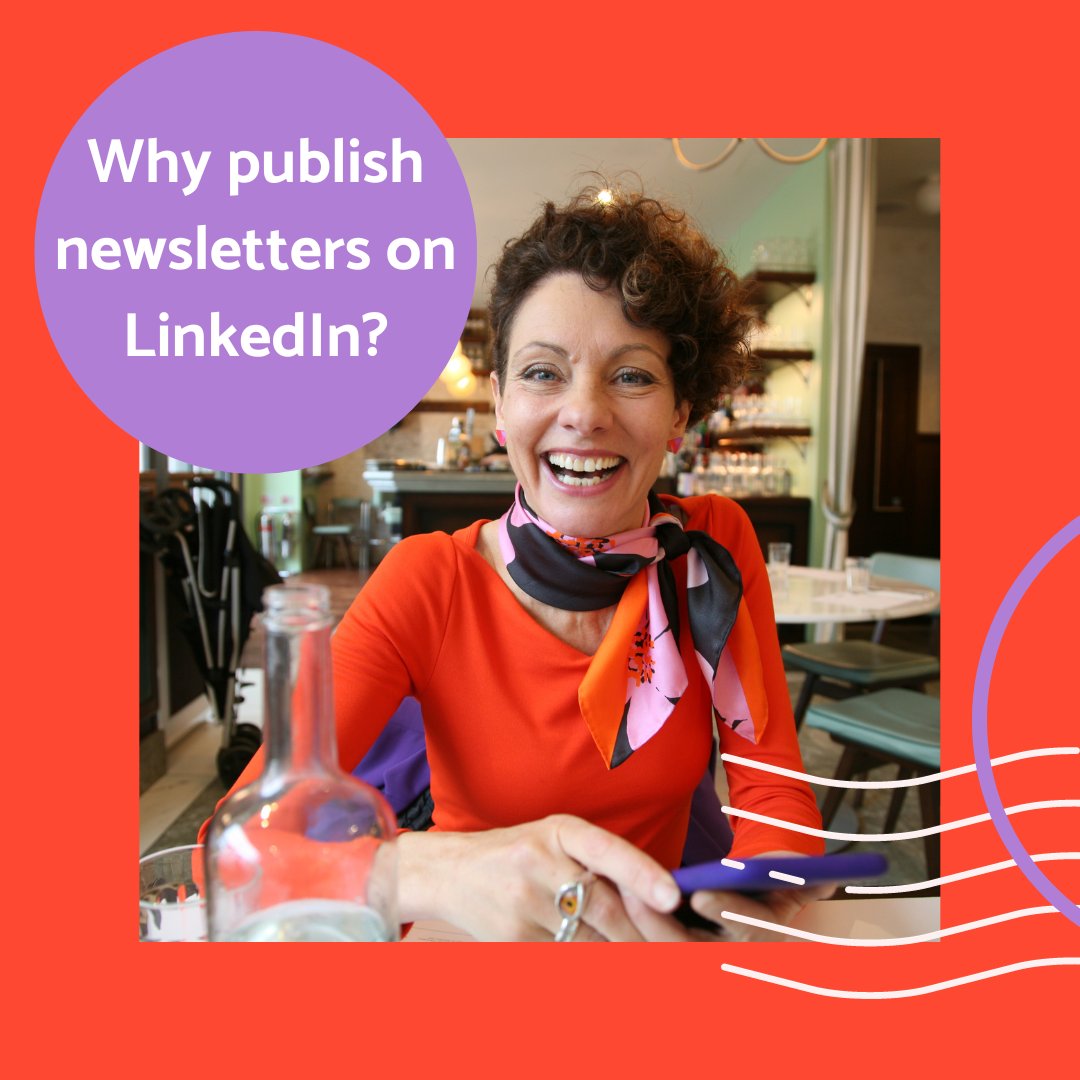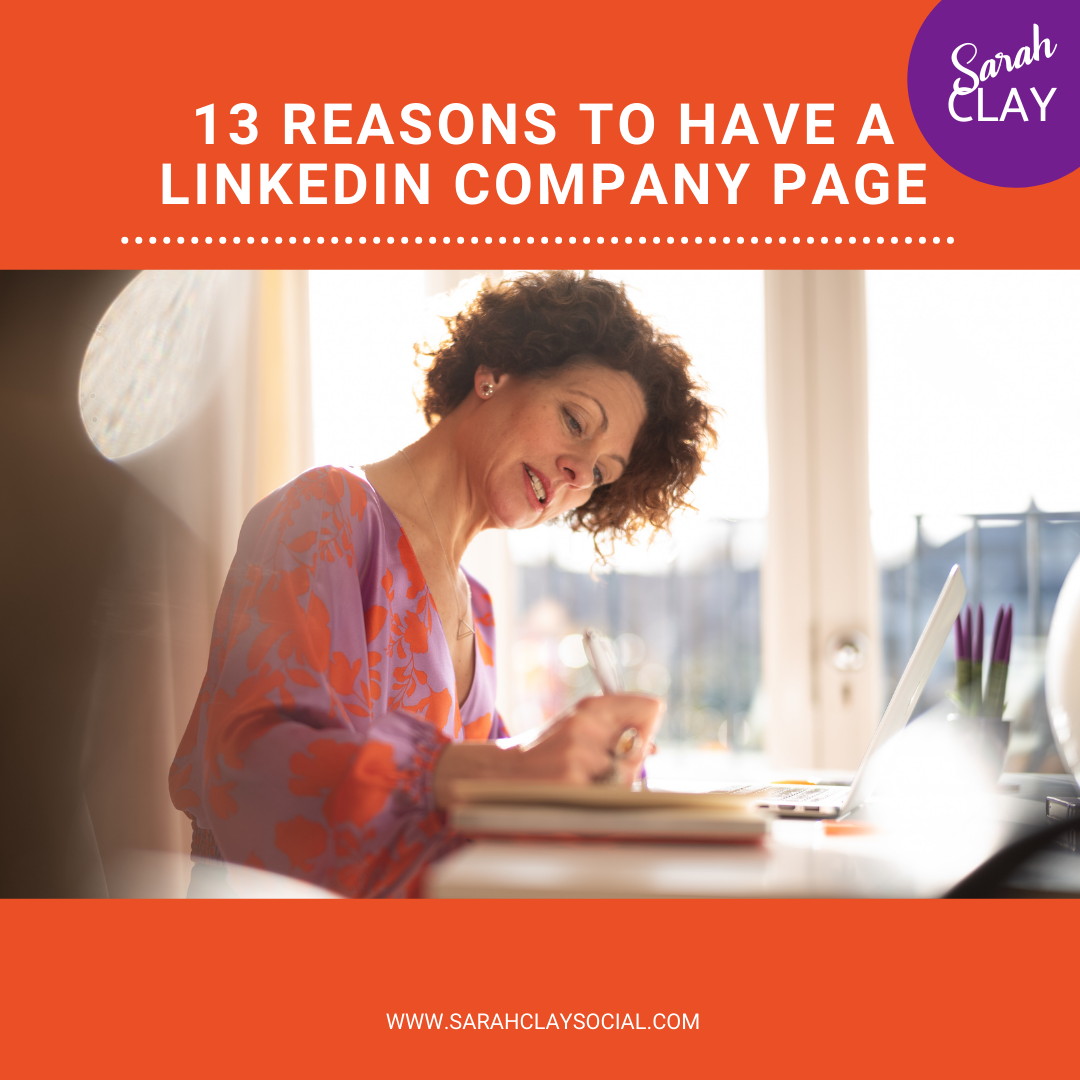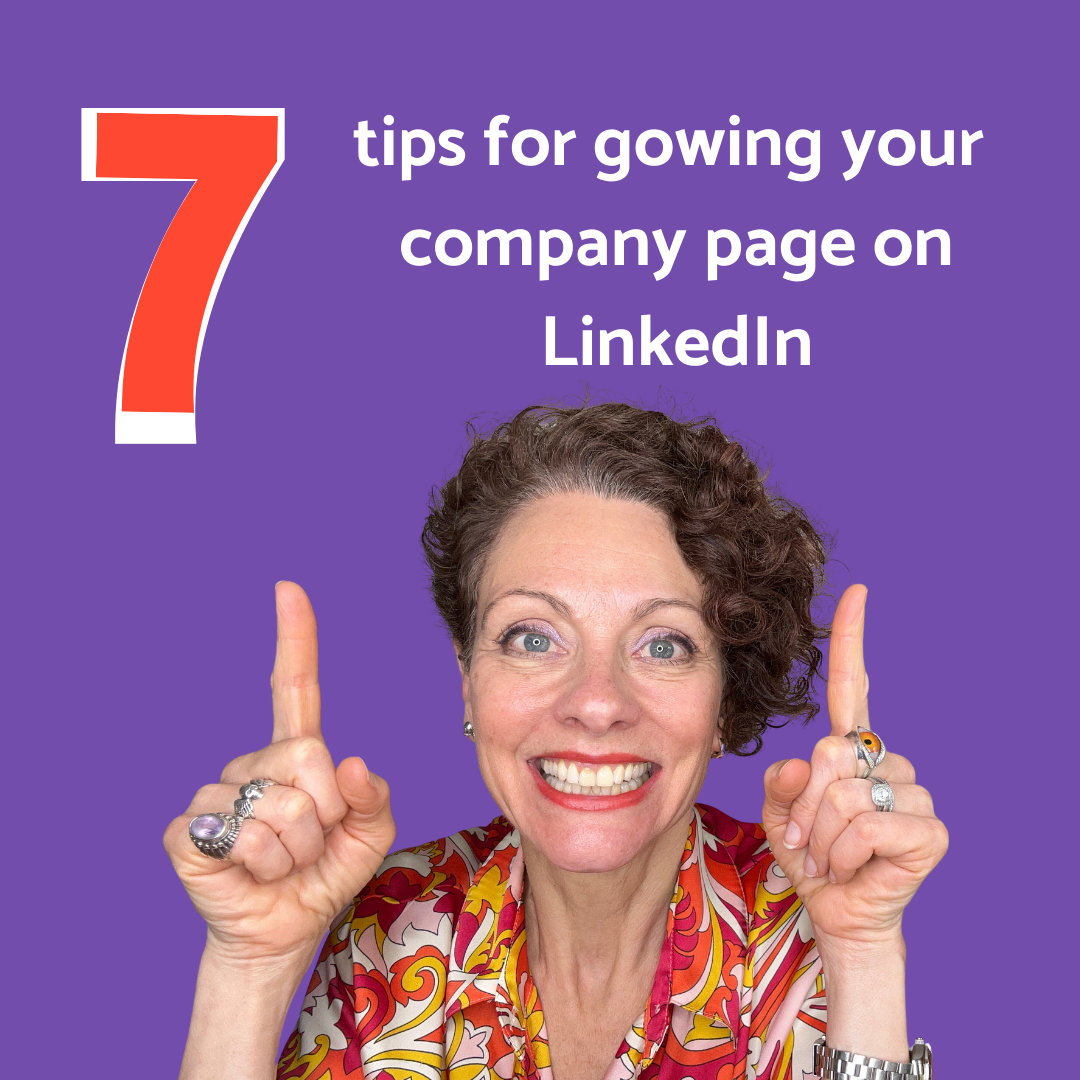Did you know that SEO (search engine optimization) works on LinkedIn as well as on your website? Which is one reason why it’s important to use alt text when you post an image to LinkedIn. There is another reason too which I would argue is more important but first of all let’s take a deeper dive into what is alt text and how does it work?
I would like to give a shout out to alt text campaigner and photographer, Di Jones for her constant reminders how important it is to use alt text on ALL the images you publish on line. Meeting Di recently inspired me to write this article.
WHAT IS ALT TEXT?
Also called ‘alt tags’ or ‘alt descriptions’, alt text is the written text that appears in place of an image on a webpage. Derived from the phrase ‘alternative text’, alt text is read by screen readers (see below), or will show if the image is unavailable for whatever reason. Thus, most people wouldn’t know if there was alt text with an image.
WHY USE ALT TEXT ON LINKEDIN?
#1 SEO
I mentioned earlier that alt text can help search engines crawl and find your article or blog. On LinkedIn, using alt text correctly can help the algorithm push your post out to more people so it gets a wider reach.
#2 Accessibility
Many visually impaired people or those with sensory perception/learning difficulties use screen readers. These convert text on a web page into audio. By adding a description of your image by text, you are helping your post be enjoyed by a whole different sector of society.
DOES LINKEDIN ADD ALT TEXT TO IMAGES?
On some posts, LinkedIn will automatically add alt text. If they have done this, and you’re using a computer, LinkedIn will notify you they have added alt text. You will not get notified if you’re on a mobile.
HOW TO ADD ALT TEXT TO YOUR IMAGES ON LINKEDIN
Firstly, please be aware, you can’t add alt text using a mobile. I hope to see this change in the near future as more and more people use the LinkedIn mobile app.
On a computer, when you start to create a post or update, and you upload an image to LinkedIn, you will see ‘Alt. text’ written below the image:
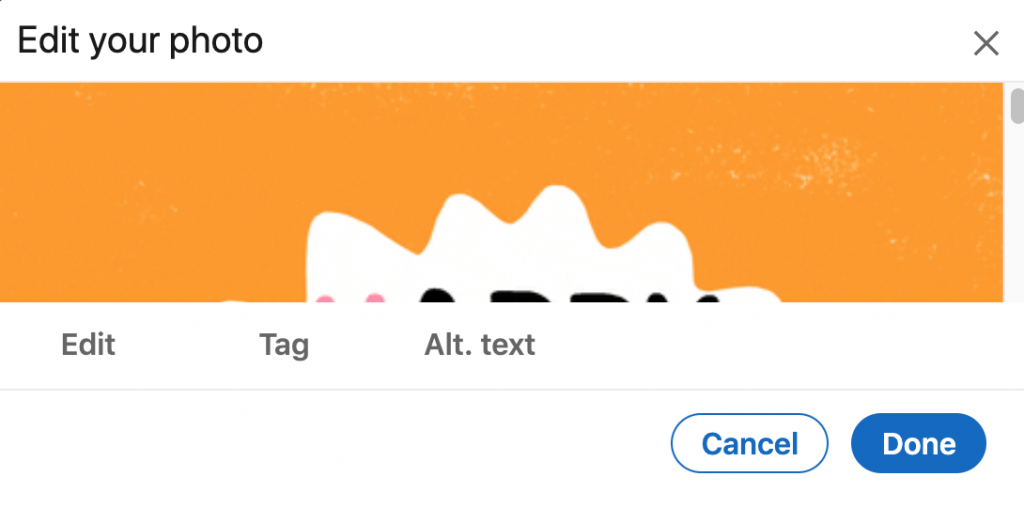
Click on those words and you will be given a window to write your description of the image:
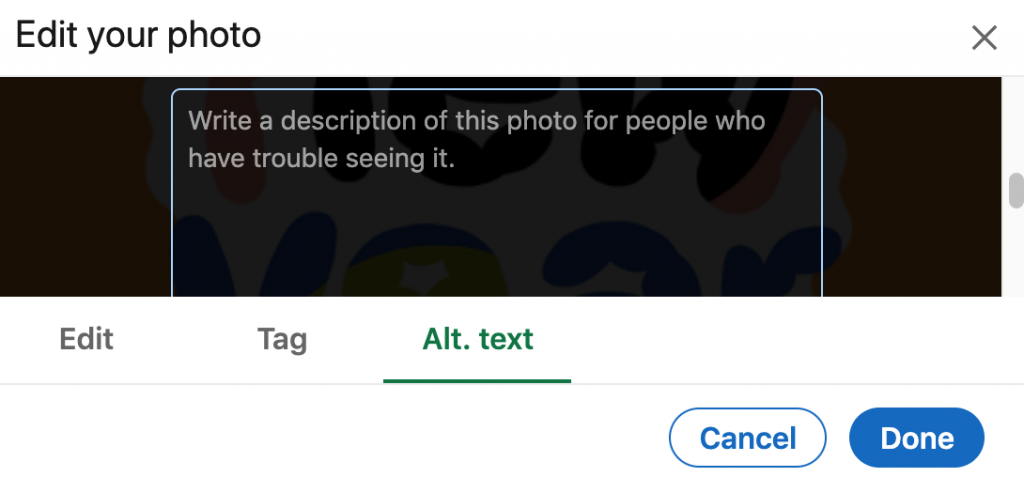
Please be aware of what LinkedIn is asking you to do! It is asking you to ‘write a description of this photo’. Which brings me nicely on to…
HOW TO WRITE ALT. TEXT THE RIGHT WAY
Here are a few ‘rules’ to employ when you’re writing your alt text.
#1 Don’t be spammy
Don’t use alt text as an excuse to add more keywords and phrases to boost your SEO. Not only is it really bad form to do this, but the LinkedIn algorithm may pick it up as spammy behaviour and your post could get shadow-banned. This means that it won’t get ‘pushed out’ to your connections.
#2 Give a full description
You have 300 characters to describe your image, so don’t scrimp. The more fully you describe your image, the more accessible it becomes.
#3 Don’t start with ‘This image is’
The screen reader knows it is an image rather than text so will make it clear to the listener.
#4 Don’t be ‘creative’
Describe what you see and no more. Don’t add context or your view of what may be happening. Be clear and precise. Think to yourself, if someone said ‘what do you see?’ what would be your reply?
#5 Write out any text in the image
The screen reader will not be able to ‘read’ text in an image so if there is any, it’s important to write it as alt. text. For example: ‘there is a purple banner with orange writing which says xxxxxx’
SOME EXAMPLES OF GOOD, AND NOT SO GOOD, ALT TEXT:
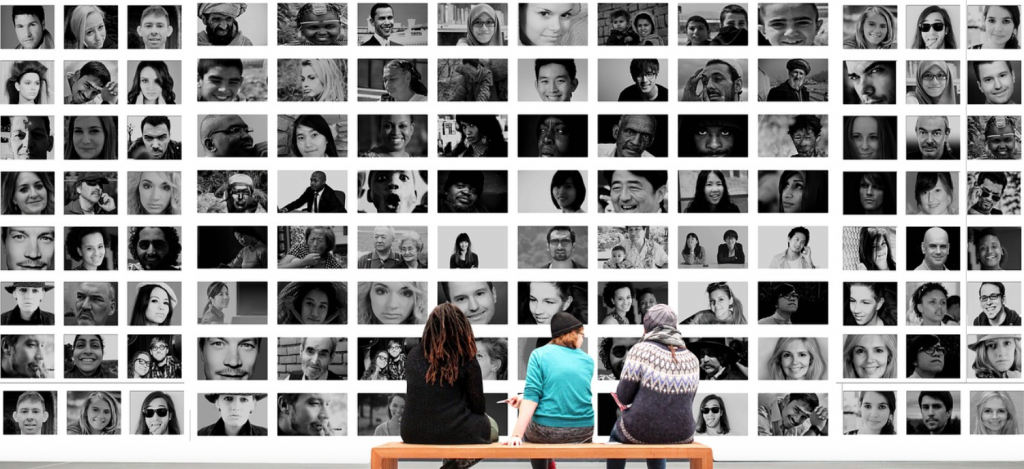
How would you describe this image?
- Three people looking at a wall of pictures
NOT GOOD!
Not enough detail
2. Two women and a man in casual clothes sitting on a bench in an art gallery in front of lots of interesting photographs of trendy looking people. The man is laughing with one of the women.
NOT GREAT
Don’t add your opinions of what you see, be objective.
3. Three people sitting on a wooden bench looking at a large wall covered in black and white photographs of men and women of mixed genders and ages. The person in the middle is talking to the person on the right.
GOOD
This is objective, factual and detailed.

- LinkedIn trainer talking to a large audience about how to optimize your LinkedIn profile to get more clients on LinkedIn.
NOT GOOD!
Far too spammy – this is overloaded with keywords and doesn’t describe ‘what you see’. Repeating words is not a good idea.
2. Lady with dark hair, on a stage giving a talk. She’s wearing an outfit of purple and orange and on the slides there is a photograph of two men.
YES!
We don’t know how many people are in front of the stage so we can’t comment on the size of the audience. A description of what the person is wearing can be helpful to set the scene.
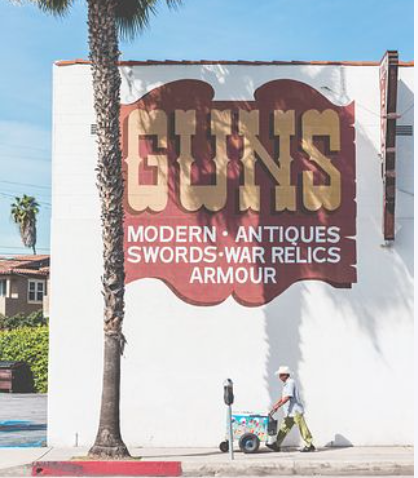
- Sign saying ‘Guns’ on a wall in a hot country.
NOT GREAT!
The sign says more than that! It may not be a hot country, just a hot day.
2. Sign painted on a wall in a street with a man walking in front pushing an ice cream cart. There is a palm tree in front of the sign and the sun is shining. The sign says ‘Guns, modern, antiques, swords, war relics, armour’
GOOD!
This is 223 characters so I could have gone into even more detail!
So there you have it, my take on alt text. It really is important that you use it to enable more people to be able to enjoy your posts on LinkedIn.
If you’re interested in learning more about how to get more out of LinkedIn, please get in touch. I’m a LinkedIn trainer and I help you understand, love and leverage LinkedIn to make more money in your business.
DM me on LinkedIn – you can find me here:
https://www.linkedin.com/in/sarah-clay/

